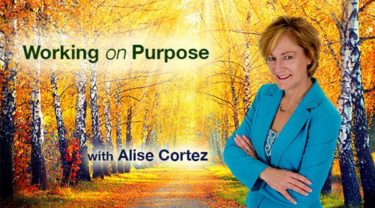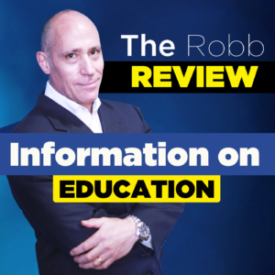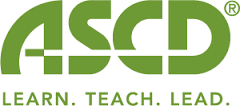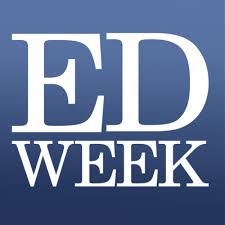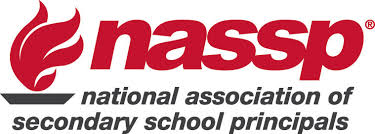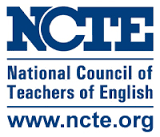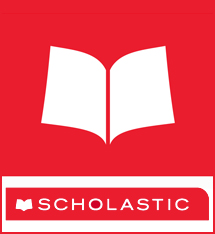The Principle of School Culture
Effective leaders create positive cultures through reflection on their practice and the decisions they make. In education, leaders can be teachers, administrators, and any of the many staff members who make up a school. All can impact change!
Positive change is complex and often has many moving parts needed for a school to be effective. A positive environment impacts the culture of a school. You can feel it; you can sense if a school has a good culture. Conversely, you can sense and feel if a negative culture exists in a school. Bottom line, the leader of the building sets the tone for the school and directly impacts the culture.
What does setting the tone mean? I have known principals who certainly set a positive tone and others who have not set a great tone. What the leader of the school models and says permits others to do the same. A principal who yells at students gives staff permission to yell. A principal who is never on time for meetings gives others permission to be late. A principal who dresses sloppy permits others to do the same. Yes, everything done by the leader sets a standard, either through words or actions. As Todd Whitaker says in his book, What Great Principals Do Differently, when the principal sneezes everyone gets a cold.
The principal sets the tone but it cannot be done by one person; all staff has a responsibility to create the school they want. If you are an administrator consider these reflections as you work to set the tone in your school. If you are a teacher apply these same reflections to your classroom.
As you review the seven points, here is a thought to consider. It is hard for one teacher to ruin the culture in a school, but the principal can absolutely do this independently. Being a culture builder is one of many critical responsibilities of a principal.
Set the Example: It is critical for the principal to set the example of what behaviors are acceptable in the school. This requires consistency and a high degree of congruence between what the leader says and does. Inconsistency results in confusion and staff often not believing what the principal says.
Say Hello: Although this sounds small, people like it when the principal says “Hello.” Walking by staff and ignoring them is rude and communicates an I don’t care about you attitude. Always and I do mean always say “Hello” to students, staff, and parents. This simple change can make a big difference in how others see the principal, and the tone they set.
Be Interested: Students and staff appreciate the principal who is interested in what they are doing. If interest is genuine, the principal communicates a sense of caring. If interest appears disingenuous, the effect is the exact opposite. Use specific praise to compliment teachers and students on classwork or a performance you have seen.
Choose Positivity: Appearing down or frazzled will have a negative impact on those around you. The principal sets a definable tone for communicating optimism and positivity.
Cultivate Relationships: Positive teacher-student relationships are always part of an effective classroom. The same is true for a school leader. The principal needs to invest time to build positive connections with many groups: students, staff, parents, and the community. Something as small as ignoring a parent in the grocery store can impact how others see you.
Be Fair and Consistent: Having favorite staff members is a morale killer. Be consistent and fair to all staff. Treat every teacher like you treat your best teacher.
An Open Door: Desk work cannot be more important than communicating with people. A message of “I’m too busy” does not help set the tone for a school.
School culture is like a garden it needs to be tended every day. If the tone is positive, congratulations, you had much to do with creating it. However, if you or others feel the tone is negative, take a look in the mirror to find the answer.
Website: Robb Communications
Blog: The Robb Review Blog
Twitter: @ERobbPrincipal
Facebook: The Robb Review Facebook
Podcast, The Robb Review Podcast
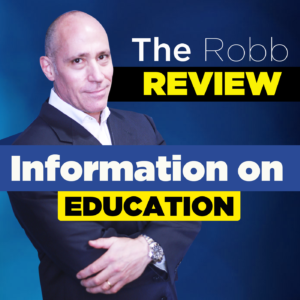
![]()





